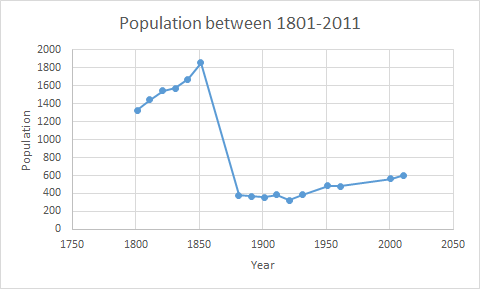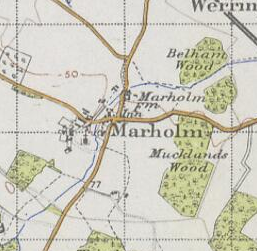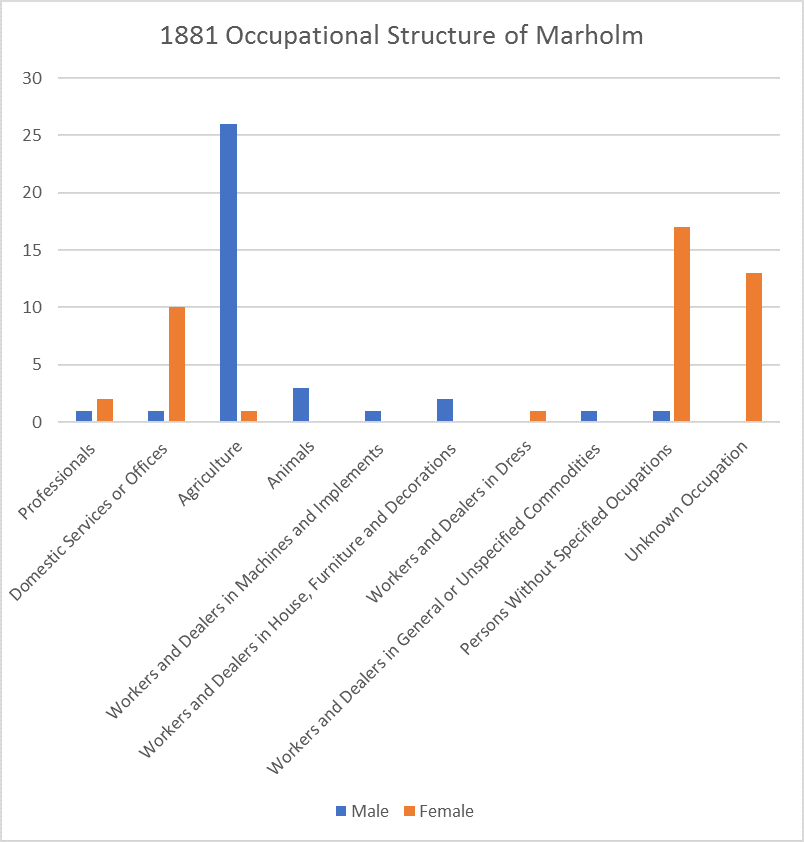Marholm on:
[Wikipedia]
[Google]
[Amazon]



 Marholm is a village and
Marholm is a village and




 Marholm is a village and
Marholm is a village and civil parish
In England, a civil parish is a type of administrative parish used for local government. It is a territorial designation which is the lowest tier of local government below districts and counties, or their combined form, the unitary authorit ...
in the Peterborough
Peterborough () is a cathedral city in Cambridgeshire, east of England. It is the largest part of the City of Peterborough unitary authority district (which covers a larger area than Peterborough itself). It was part of Northamptonshire until ...
district, in the ceremonial county of Cambridgeshire
Cambridgeshire (abbreviated Cambs.) is a county in the East of England, bordering Lincolnshire to the north, Norfolk to the north-east, Suffolk to the east, Essex and Hertfordshire to the south, and Bedfordshire and Northamptonshire to the ...
, England. West of Peterborough
Peterborough () is a cathedral city in Cambridgeshire, east of England. It is the largest part of the City of Peterborough unitary authority district (which covers a larger area than Peterborough itself). It was part of Northamptonshire until ...
and 1 mile from the seat of the Fitzwilliam family at Milton Hall
Milton Hall near Peterborough, is the largest private house in Cambridgeshire, England.This Milton Hall should not be confused with the other Milton Hall just to the north of Cambridge in the village of Milton. The Milton Hall near Cambridge is ...
. The parish covers some 1,400 acres, with the village positioned roughly in the centre. For electoral purposes it forms part of Northborough ward in North West Cambridgeshire constituency.
According to the 2011 census there were 76 males and 75 females living in the parish.
Peterborough Crematorium, a holder of the prestigious Green Flag Award
The Green Flag Award is an international accreditation given to publicly accessible parks and open spaces, managed under licence from the Department for Levelling Up, Housing and Communities, a UK Government department, by Keep Britain Tidy, ...
, is located in approximately 26 acres (10.52 ha) of land in the parish, much of it left as original ancient woodland. Located just north is Woodcroft Castle.
History
In 1870-72,John Marius Wilson
John Marius Wilson (c. 1805–1885) was a British writer and an editor, most notable for his gazetteer
A gazetteer is a geographical index or directory used in conjunction with a map or atlas.Aurousseau, 61. It typically contains informati ...
's ''Imperial Gazetteer of England and Wales'' described Marholm like this:MARHOLM, a parish in Peterborough district, Northampton; adjacent to the Great Northern railway, 4½ miles NW by N of Peterborough r. station. Post town, Peterborough. Acres, 1,790. Real property, £1,534. Pop., 172. Houses, 33. The property belongs chiefly to the Hon. G. W. Fitzwilliam. The living is a rectory in the diocese of Peterborough. Value, £311. * Patron, the Hon. G. W. Fitzwilliam. The church is partly Norman, partly early English, partly later English; consists of nave and chancel, with porch and tower; and contains monuments of the Fitzwilliams. There are alms houses with £14 a year.

Marholm Church
Marholm Church, otherwise known as the Church of St Mary, is a Grade I listed building. The earliest known alterations to the church can be dated to 1534 by Sir William Fitzwilliam of Milton (Sheriff of Northamptonshire in 1524) when the chancel was re-built.Marholm Farmhouse
Marholm Farmhouse is a Grade II* listed building. It is a thatched building made from coursed stone rubble. The date 1633 is carved into the stone below the roof however there is evidence to suggest the origins of the building could date even earlier, particularly the recessed windows. The Farm has been occupied by the Darby family since 1912. The Darby family are one of the oldest tenants to the Fitzwilliam estate and are traceable to nearly 400 years ago on the Castor register.Home Farmhouse
Home Farmhouse is a Grade II listed building. It was listed in 1955. It is very similar to Marholm Farmhouse, again it is a thatched building made from coursed stone rubble with flush quoins. Home Farm was initially run to meet the domestic needs of Milton rather than primarily for income. In the 20th century it was used as a mixed farm and after the First World War began a period of dairy farming that ceased in 1998.Demographics
Population
The population of the last two centuries (1801-2011) has shown a steady rise and subsequent fall of total population in Marholm. This trend is also true in within both the 19th and 20th centuries. In 1801 the population of Marholm was recorded to be 109, by 1851 this figure had risen to 172 only to have fallen back down to 146 by 1901. The trend continues in the 20th century. Between 1901 and 1951 Marholm saw its biggest increase in population during any period in the last two centuries with the population peaking at its highest with 266, however fast forward 60 years to 2011 the population has reverted almost to levels recorded in 1901 with 151 people counted. According to the 2011 census 13% of the population are aged 0–17, 68% aged between 18-74, and 19% are aged 75+. The average ages is 51 years old.Ethnicity
According to the 2011 census, 98% of the population is White British & Irish. The remainder 2% is made up of White and Black Caribbean. Ethnicity figures are very similar in the 2001 Census with 97% of the population being White British & Irish.Employment
The largest sector in employment in 1881 for males was agriculture with 26. This was most expected as the parish covers some 1,400 acres and has always retained an agricultural community. Although over the last 50 years the domination of agriculture has diminished Marholm still retains its rural feel. In contrast with the most recent 2011 occupational census data (although fields are very different from the ones used in 1881) we see a large proportion has moved away from agriculture and into tertiary sector jobs, 44% of the Marholm population work in office related jobs. A large proportion of the female population in 1881 were recorded with either unknown of unspecified occupations with 13 and 17 respectively.Housing
Marholm is a small village surrounded by inhabited countryside. Typical housing in the area is detached, semi-detached and flats, with property prices regarded as 'average to high'. The 2017 average value for property in Marholm is £419,382 with a 2.91% increase from values 12 months ago. Over the last 10 years Marholm's properties have increased by 14.45%. Prices in Marholm are higher than the averages shown in other nearby villages with Glinton showing an average of £204,833, whilst the average value in Upton is £255,361.Education
The closest primary school is Watergall Primary School located 1.9 miles away from Marholm. In their most recent Ofsted report the school was founded to 'require improvement' in a number of areas, despite being surrounded by a number of alternative primary schools it still manages to attract an intake of 200 pupils. The nearest secondary school is Ken Stimpson Community School, Ofsted recently found the school as 'good' and it is located 6.3 miles from Marholm.References
External links
{{authority control Villages in Cambridgeshire Geography of Peterborough Civil parishes in Cambridgeshire